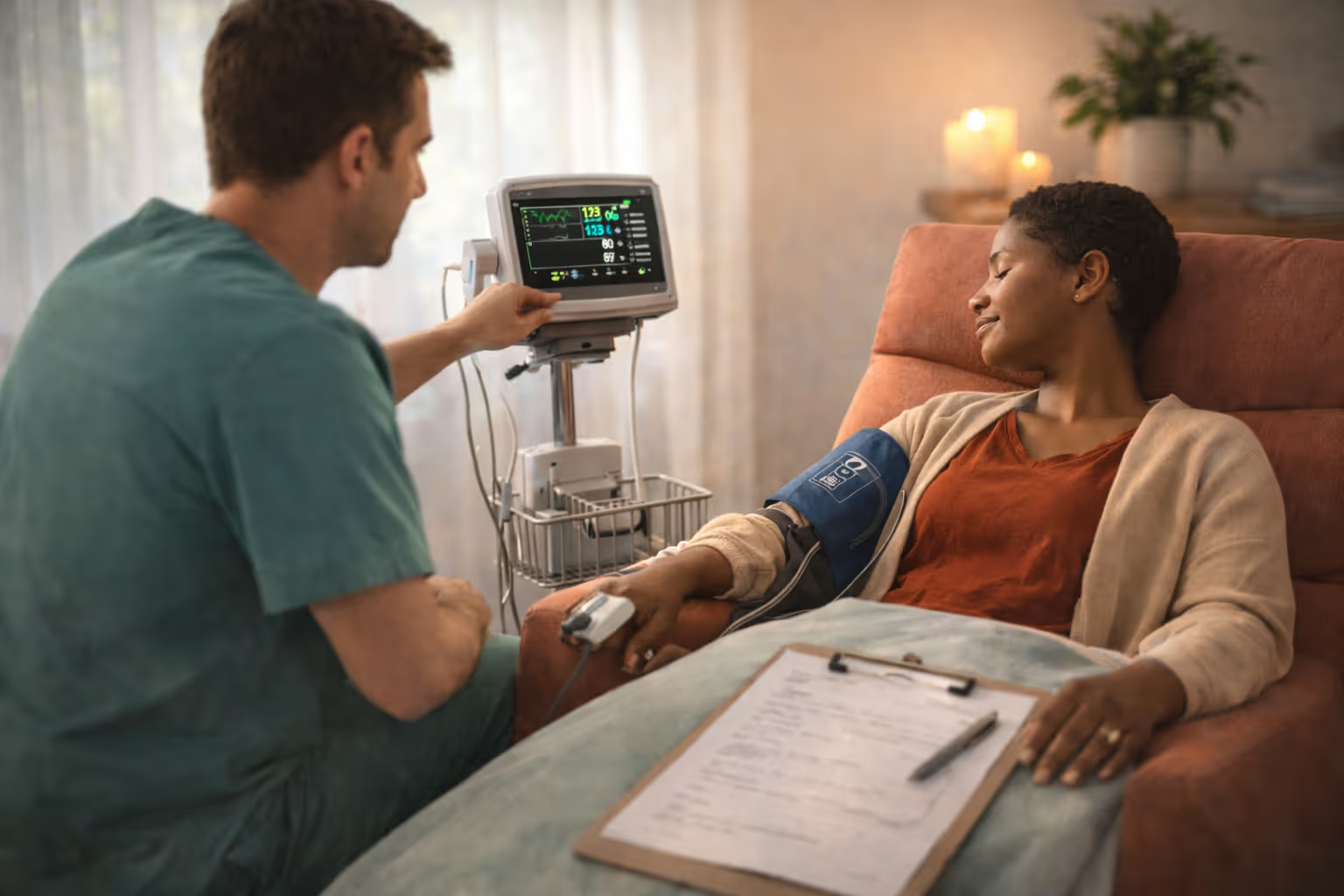Ketamine therapy doesn’t erase suffering in a single moment — but it may unlock a period when change is easier to learn. Many patients describe those first days after ketamine treatment or esketamine (Spravato) as a time when the mind feels more flexible and the body a touch lighter. This guide explains the “neuroplasticity window” and offers simple ways to turn early momentum into something you can actually live.
What “plasticity” really means in ketamine therapy
Neuroplasticity is your brain’s ability to adapt — wiring and re-wiring in response to stimulus (experiences, trauma, emotions, etc). Think of wet clay: impressions made while it’s soft hold their shape as it dries. After ketamine therapy or esketamine (Spravato) treatment, the clay is softer than usual for a short while. What you practice — gentle coping, healthier cues, kinder self-talk — can set more readily.
Ketamine treatment: synapses influence habits
On a cellular level, ketamine treatment can increase glutamate signaling and support growth factors that help neurons form new connections. But the part you can feel is simpler: thoughts loop less tightly, and actions you value feel more available. Repeating a small behavior in this phase invites synapses to strengthen around it — today’s short walk becomes tomorrow’s default.
Why the window opens after ketamine dosing
During and after dosing ketamine — especially in a supervised Spravato clinic — many people experience a temporary “spaciousness.” The usual noise quiets. In that calm, your nervous system is more receptive to learning. This doesn’t cure depression; it may create conditions for relief. That’s why clinicians often pair ketamine for depression with low-friction routines that are easy to keep.
The ~72-hour opportunity
The most responsive period is generally the first 1–3 days after ketamine therapy or esketamine (Spravato). You don’t need to overhaul your life, and in fact that may be acutely unadvisable — small, repeatable steps are plenty. In clinical practice, it’s common to see that modest actions, done consistently, convert a brief lift into a steadier shift over time in a clinical ketamine treatment program.
Decide one small, repeatable action throughout your program
There are straightforward ways to anchor yourself throughout ketamine treatment. One example that Lumin Health clinicians often recommend to patients in their day-to-day lives is to choose one behavior that’s both meaningful and doable in under 10 minutes. Then do it daily for three days:
- A five-minute outside walk
- Writing three honest lines about how you feel
- Texting a friend “thinking of you”
- Laying out meds and water for tomorrow morning
What matters most is what feels possible to you. Ketamine treatment opens the door; repetition, positive habits, and a strong support system invites you through it.
Pair actions with supports (sleep, meals, movement)
Early supports help changes consolidate:
- Sleep: Keep a gentle wind-down (dim lights, no scrolling in bed).
- Meals: Eat at regular times — steady energy steadies mood.
- Movement: Low-effort movement (stretching, a short stroll) is perfect.
Many patients find that when these supports are simple, the benefits of ketamine for depression or Spravato treatment last longer between sessions.
Working with your existing care team
Translating insights into next-session goals
Bring one observation from the window to your next visit:
- “I noticed self-criticism was quieter when I slowed my morning.”
- “I could start a task without the usual dread.”
Turn that into a concrete, next-week goal with your clinician. For example: practice a two-minute grounding exercise before email, three days in a row. In many cases, pairing ketamine therapy or esketamine (Spravato) with focused, behavioral work makes the new pathway easier to find again.
When progress feels subtle
Sometimes the shift is quiet: fewer spirals, a touch more patience, slightly better sleep. Subtle is still real. Track one small metric (minutes walked, meals eaten on schedule, number of mornings you got out of bed on the first alarm). Over two to three sessions, these add up. If you’re not noticing change, name that too — your Lumin Health care team can adjust dose, timing, or route of ketamine administration.
How Ketamine Therapy Can Become Meaningful
Ketamine doesn’t “fix” depression overnight. It may create conditions for change. This piece explains the biologic window after ketamine therapy and Spravato treatment, and offers low-friction routines that help new pathways take hold — often the difference between a brief lift and a steadier shift. If you’re receiving ketamine for depression in a Spravato clinic or through off-label ketamine treatment, choosing one small, repeatable action — and supporting it with sleep, meals, and gentle movement — can help momentum become meaning.







